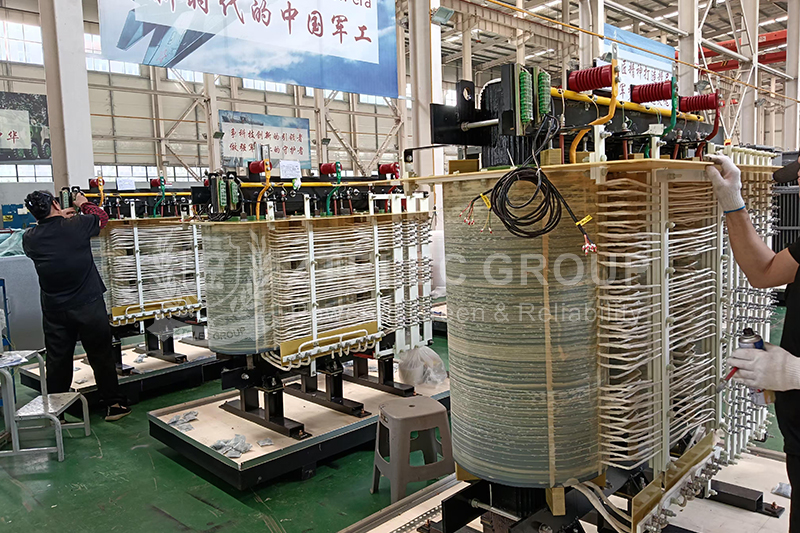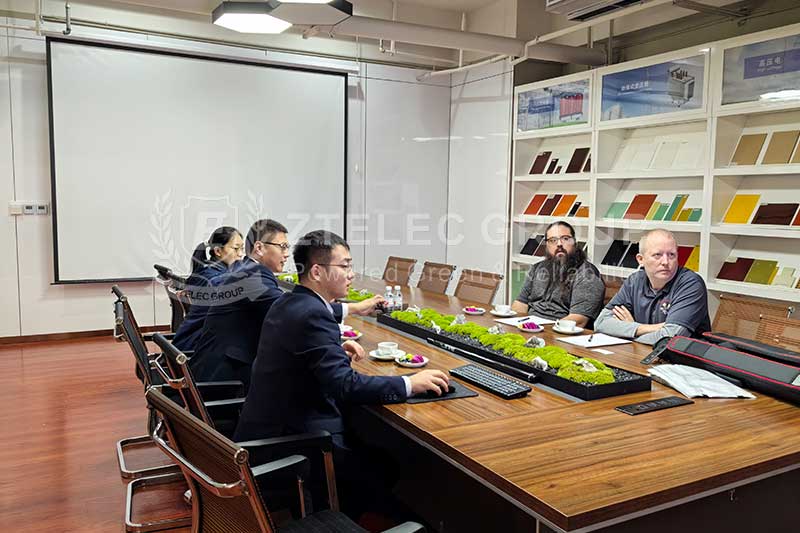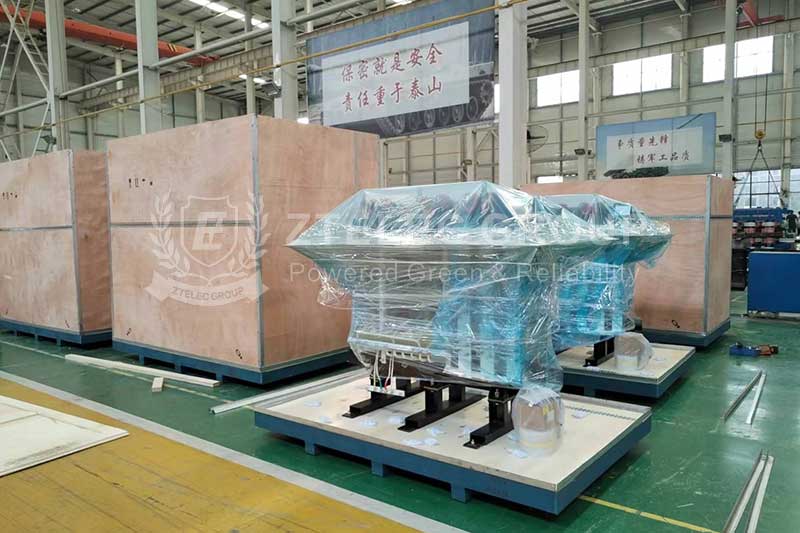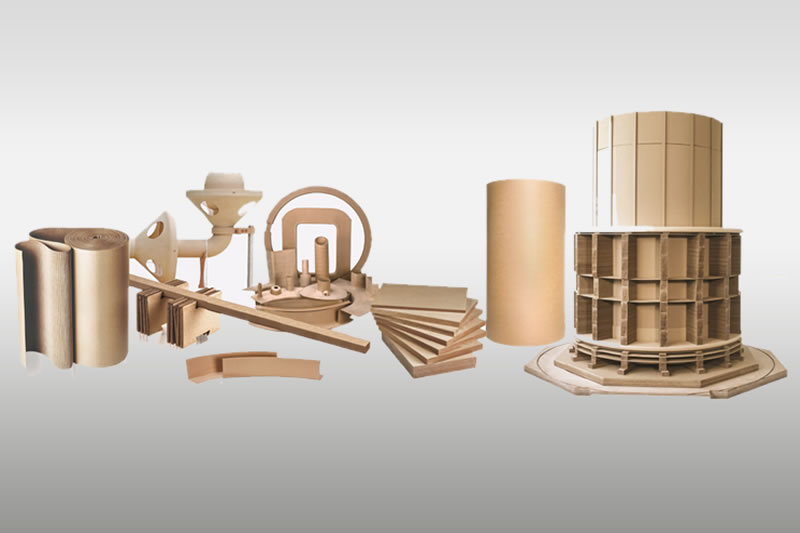Dry-Type Transformer Model Selection Guide: Balance Between Energy Saving and Performance
In the equipment configuration of the power system, the selection of dry-type transformers is crucial. It not only affects the stability of power transmission but also relates to energy saving, consumption reduction, and cost control. To achieve a balance between energy saving and performance, a deep understanding of transformer characteristics and scientific selection principles is essential. Below, we explore the energy-saving features and selection strategies for dry-type transformers.
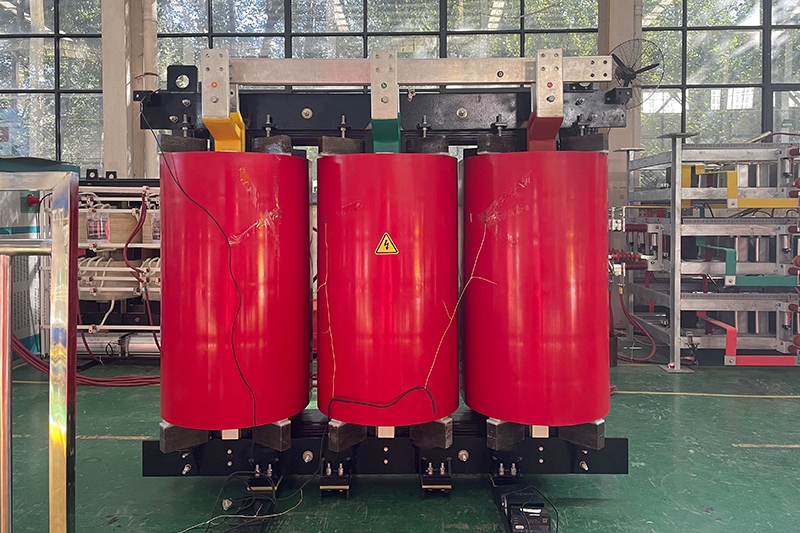
Energy-Saving Characteristics of Dry-Type Transformers
High-efficiency design: Dry-type transformers are made using high-permeability silicon steel sheets and optimized winding structures to significantly reduce no-load and load losses. Models like SCB14 offer 20%–30% lower no-load losses compared to SCB13, reducing annual operating costs.
Environmentally friendly materials: Eco-friendly materials, such as halogen-free flame-retardant epoxy resin, ensure compliance with RoHS standards and reduce carbon emissions throughout the transformer’s life cycle.
Low noise design: Through optimized cooling channels and structural design, noise levels are controlled below 55dB, making them ideal for noise-sensitive environments.
Core Selection Principles for Dry-Type Transformers
Load characteristic matching: For continuous high-load scenarios (e.g., factories, data centers), choose first-level energy efficiency transformers like SCB18. For intermittent loads (e.g., residential areas, malls), SCB14 offers better cost-performance. For low load rates, amorphous alloy transformers are more energy-efficient.
Balancing energy efficiency and cost: SCB18 is ideal for long-term and power-sensitive projects due to its low total cost of ownership. SCB14 is suitable for most applications by balancing investment and running cost. SCB12 is recommended only for short-term or low-load conditions.
Environmental adaptability: In high humidity or corrosive environments, sealed transformers are necessary. For high-temperature areas, H-class insulation (180°C) is preferred. Where fire protection is essential, epoxy resin cast transformers are ideal.
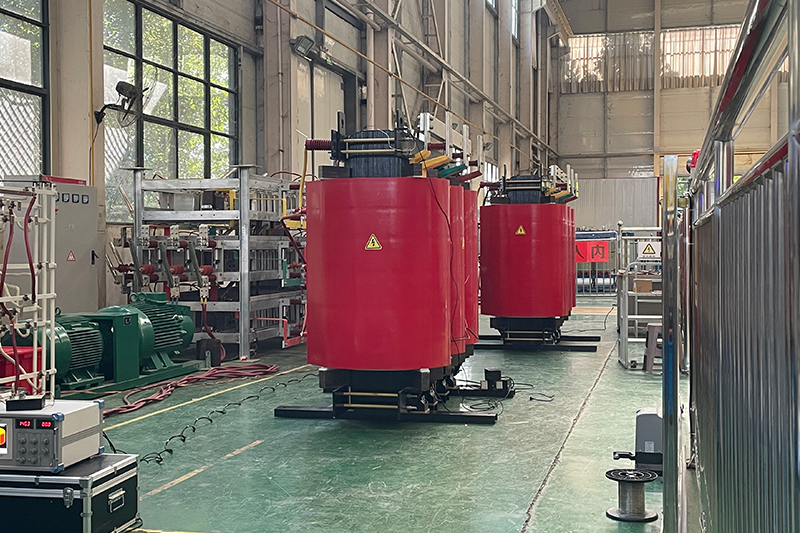
Key Technical Parameters of Dry-Type Transformers
Loss index: No-load and load losses are significantly lower in first-level energy efficiency models. Over a 10-year span, SCB18 offers a lower total cost of ownership compared to lower-efficiency models.
Insulation material: F-class (155°C) is cost-effective for standard conditions. H-class (180°C) handles high temperatures and short overloads. C-class (220°C) is used in special environments and is more expensive.
Cooling method: Natural air cooling (AN) suits rated operation with minimal noise. Forced air cooling (AF) increases output capacity by 50% for emergency overload but raises noise levels.
For long-term operation and energy-saving needs, SCB18 or SCBH15 are preferred models due to their balance of efficiency and cost. In medium-load conditions, SCB14 provides strong ROI and efficiency. For special environments, select transformers based on humidity, temperature, and fire safety requirements, such as enclosed designs or epoxy resin casting with H-class insulation. Through smart selection, we can achieve optimal performance and reduce full life cycle costs for dry-type transformer projects.
- more+releated article
- 2026-01-04Common Power Transformer Faults: Causes, Solut
- 2025-12-312026 New Year Holiday Notice
- 2025-12-31Operation, Maintenance, and Service Life Manag
- 2025-12-30How to Select a 100 kVA–500 kVA Distribution
- 2025-12-29The Impact of NHN NMN Composite Insulation on
- 2025-12-26Practical Application of GPO-3 Insulation Boar
- 2025-12-2510kV Transformer Replacement Timeline: Install
- 2025-12-25Low Smoke EN45545 GPO3 UPGM203 Laminated Board
- 2025-12-24Merry Christmas — ZTelecgroup Christmas Cele
- 2025-12-24How to Select a Suitable 50kVA–500kVA Distri

